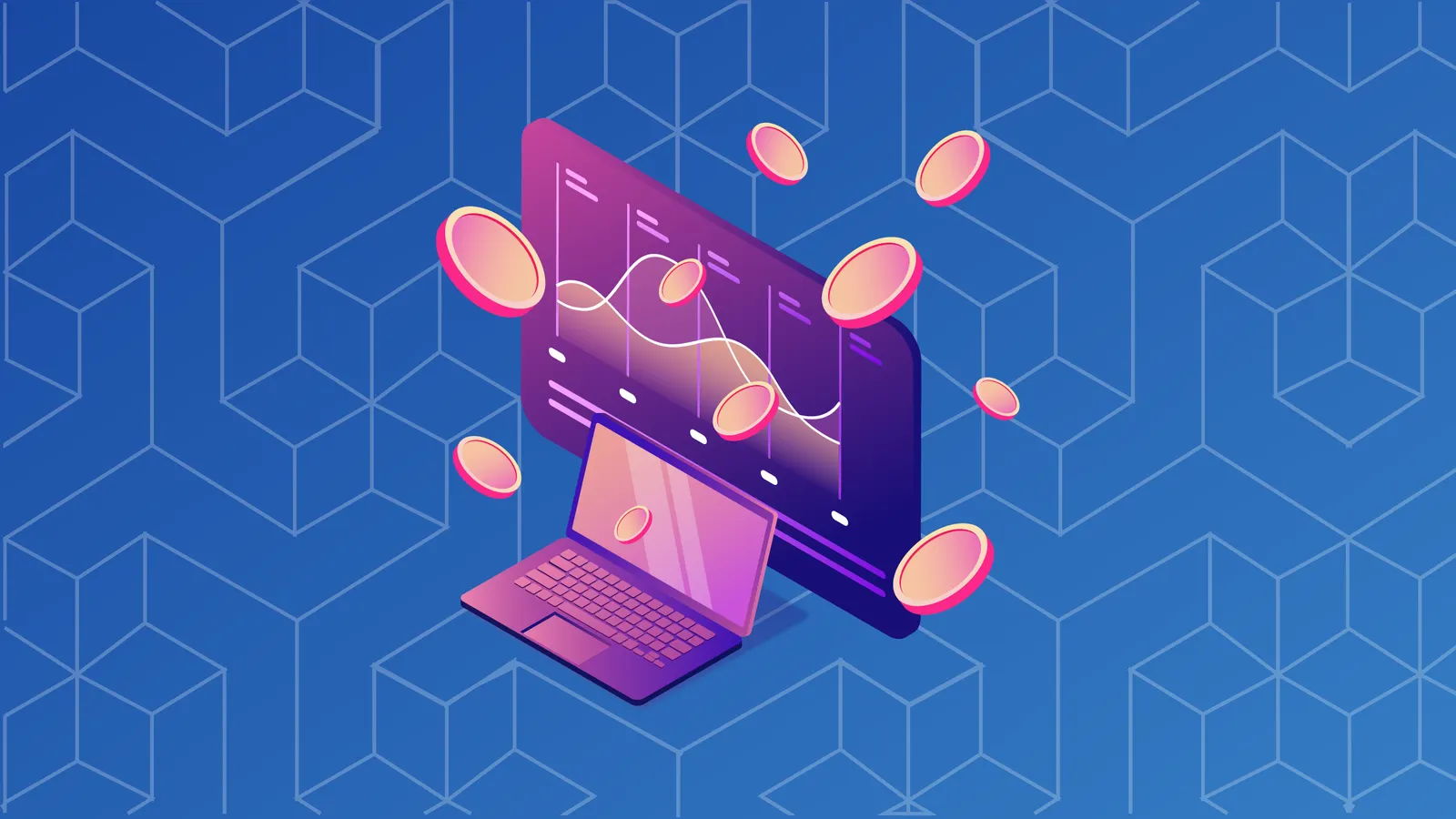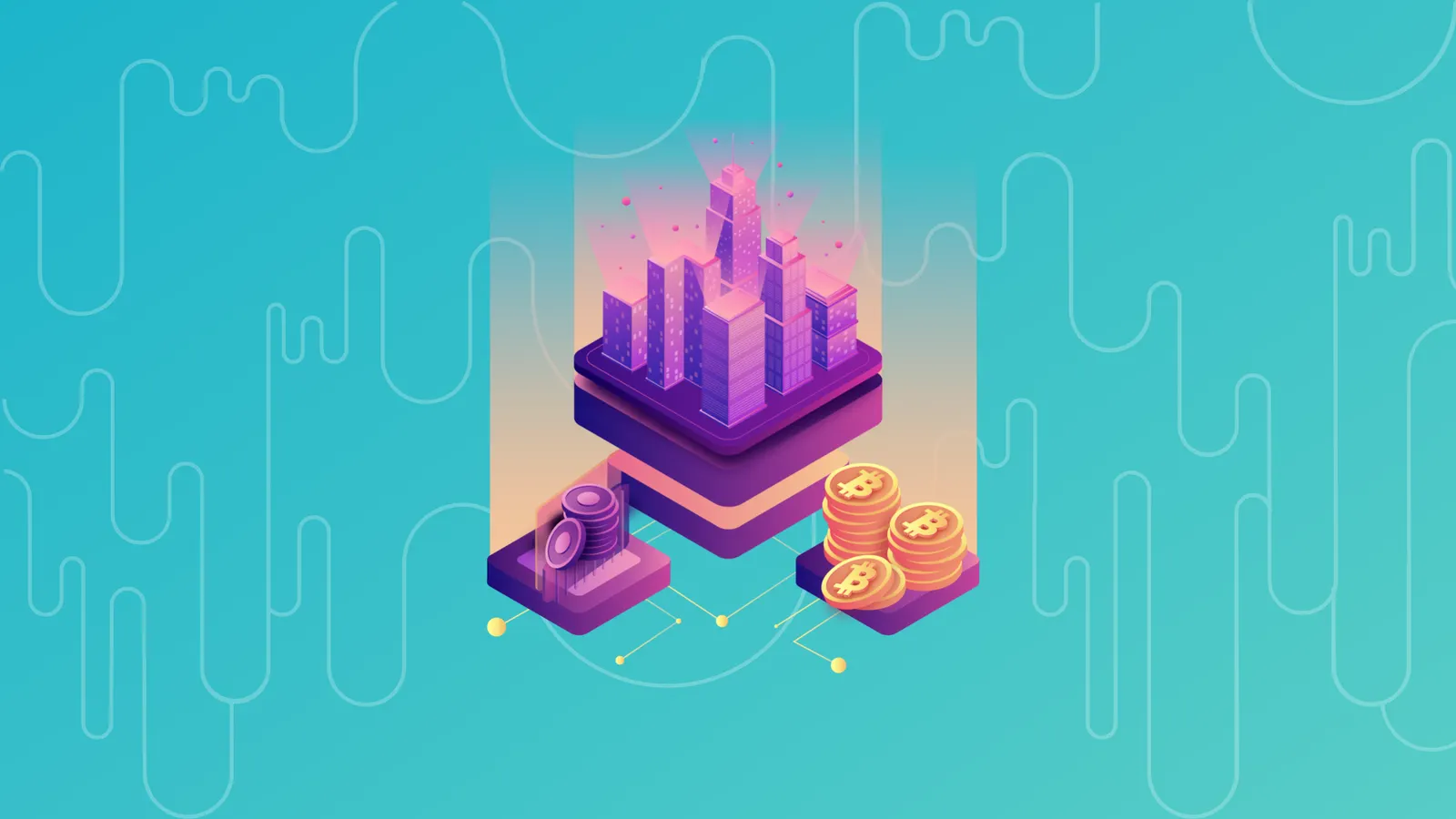In brief
- DeFi loans are one of the fastest-growing sectors in blockchain and cryptocurrency.
- Holders of assets can lend them to others and earn interest on the loan.
- Borrowers have to put up collateral above the value of the loan to protect against price fluctuations.
One of blockchain and cryptocurrency's great promises is to take tools used by the financial industry and make them available to everyone everywhere. The catch-all term for this revolution in how money is made, spent and sent is called DeFiDeFi, or decentralized finance.
Like traditional banks, crypto-assets offer all of the same products but in a decentralizeddecentralized form. This includes lending, borrowing, spot trading, and margin trading.
Through DeFi loans, any individual can quickly and easily take out a loan without ever having to disclose their identity to a third party or go through the checks created by traditional banks. But there are downsides.
Below we explore how a DeFi loan works, what are the advantages over traditional forms of finance, and what the future may hold for this emerging piece of technology.
What is DeFi?
DeFi is essentially a catch-all term for taking existing financial products like loans and porting them over to the blockchain. The idea is to use existing cryptocurrencies to provide financial services using smart contractssmart contracts.
A quick look at DeFi Pulse allows you to see the amount of money that’s currently locked up in these projects. At the time of writing, there is more than $9 billion - up from just over $1 billion earlier in 2020 - currently locked in these projects.
The two biggest lenders currently are Maker and AAVE.
How do DeFi loans work?
Crypto assets sitting in a wallet don’t accrue interest. The underlying value may increase or decrease, but you're not earning anything for holding that particular cryptocurrency. This is where DeFi loans come in.
Imagine being able to lend your crypto to someone else and earn interest on the loan. That's how banks currently work, but it's a service that few individuals can access. In the world of DeFi, anyone can become a lender.
By loaning your crypto assets to others, you’re able to generate interest on those assets. There are a wide variety of ways to do this, but the main way is through lending pools. These are essentially the loan offices of a traditional bank.
What makes it so special?
DeFi offers the same products as brick and mortar financial institutions (lending, borrowing, trading, investing, etc.), but uses blockchain to do so with additional benefits:
- 🎭 DeFi is decentralized and anonymous.
- 📈 You can generate interest by lending out your crypto assets to others.
- 💸 The most common way to generate interest on crypto-assets is through lending pools.
- 🛑 Borrowers typically have to over-collateralize their loan to protect against sudden drops in collateral value, which would result in penalties making it a safer option for lenders.
How are loans made?
Using a smart contract, found on projects like ethereumethereum allows users to pool their assets and distribute those assets to borrowers with the rules of the loan written into the contract.
These loan pools have their own way of distributing interest to each investor, so it’s worth taking some time to research the type of pool you’d like to be involved in as an investor. This same advice goes for borrowers as each pool will take a different approach on how to borrow from their assets and the rules for borrowing.
When a borrower goes to get a loan at a bank, they would need collateral for that loan. If you get a car loan, the car itself is the collateral. If you stop paying on the loan, the bank will take your car. That makes sense, right? But given that a decentralized system is A) anonymous and B) doesn’t have physical property that can be used as collateral, another system needs to be in place.
Did you know?
At the time of writing, MakerDAO’s DAI dominates the DeFi market at almost 60 per cent in total locked value (nearly $2 billion).
How does a DeFi loan work?
When a borrower wants to take out a loan, they have to offer something more valuable than the amount of the loan. That means they need to deposit via a smart contract an amount of currency that is at least of equal value to the amount they'd like to take out. The collateral can be in a wide variety of currencies however. So if you want to borrow one bitcoin, you’d need to deposit the current price for one bitcoin in DAI, for example. Or 11,296 DAI.
A few months later, you’re finished with the loan and need to pay back your bitcoin + 10 per cent and then you receive your 11,296 DAI back. The borrower is happy because they received their original DAI back without having to sell them and the pool is happy because they can now distribute the 10 percent in bitcoin across the pool of investors.
Sounds perfect… but there are issues with the system.
When dealing with different crypto assets, the prices can swing wildly. We’ve all seen the ups and downs of BitcoinBitcoin’s price over the years. What happens if the price of the collateral drops below the price of the loan?
For example, MakerDAO requires borrowers to collateralize their loan at a minimum of 150% of the value of the loan. So, let’s say you want to borrow 100 Dai. That means you would have to collateralize your loan with a minimum of $150 in Ether (ETH). Therefore, if your collateral drops below the $150 ETH value, your loan would then be subject to a liquidation penalty.
What are the Challenges?
Borrowers are often required to over-collateralize their loans, as shown in our previous example with MakerDAO.
Most borrowers deposit 200% of what they’d like to borrow. If the price of the collateral asset starts to tank, the pool will use its circuit breaker. The rules of the pool state that they won’t lose money, so as the price falls to below 120 per cent of the loan, the pool will start liquidating the collateral to cover the loan. The borrower ends up eating the loss, but will get to keep their Bitcoin, for example.
The ability for borrowers to acquire assets quickly is the draw here. If you’re speculating that Bitcoin prices will spike upwards, as a borrower, you could make a profit and be able to pay the loan back.
The Future
As DeFi continues to evolve, we’re going to see decentralized systems attempt to make all of these services as good as their brick and mortar cousins. After all, these services are available to anyone with an internet connection, meaning anyone could buy, and loan crypto.
But with anything crypto related, it can be a bit of a roller coaster ride, so do your homework before deciding whether taking out a crypto loan is the right thing for you.
Disclaimer
The views and opinions expressed by the author are for informational purposes only and do not constitute financial, investment, or other advice.





